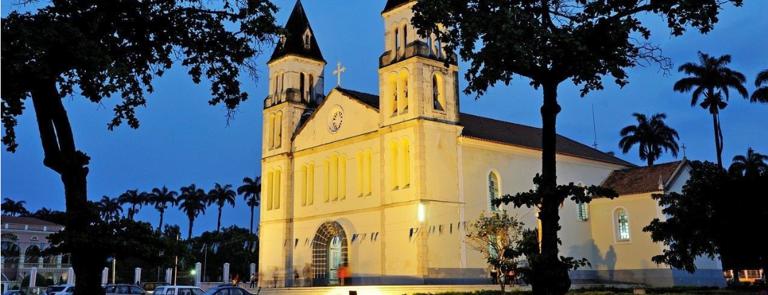

Sao Tome and Principe, the full name of the Democratic Republic of Sao Tome and Principe (Portuguese: República Democrática de São Tomé e Príncipe, English: The Democratic Republic of Sao Tome and Principe) is an island country located in the southeast of the Gulf of Guinea in West Central Africa, 201 kilometers east of Africa, consisting of 14 islands such as Sao Tome and Principe. The two islands are volcanic islands, rugged terrain, tropical rainforest climate, hot and humid all year round. Sao Tome has a total land area of 1001 square kilometers and a total population of 193000 (January 2016).
About 90% of the population of Sao Tome and Principe resides in Sao Tome Island. The residents are mainly Bantu people, and the rest are mixed race. The official language is Portuguese. Sao Tome was originally a Portuguese colony. In 1960, the liberation movement of Sao Tome and Principe broke out. In 1974, the Portuguese authorities reached an independent agreement with the Sao Tome liberation movement. On July 12, 1975, Sao Tome was officially independent and established a Democratic Republic.
Sao Tome and Principe is one of the world's least developed countries announced by the United Nations, it is an agricultural country dominated by cash crops such as cocoa and so on, after independence, it has implemented a long-term economic policy dominated by state-run economy. Since 1985, economic liberalization has been initiated, and the economic restructuring plan has been implemented in July 1987. In 2014, the GDP of Sao Tome and Principe reached 369 million US dollars.
